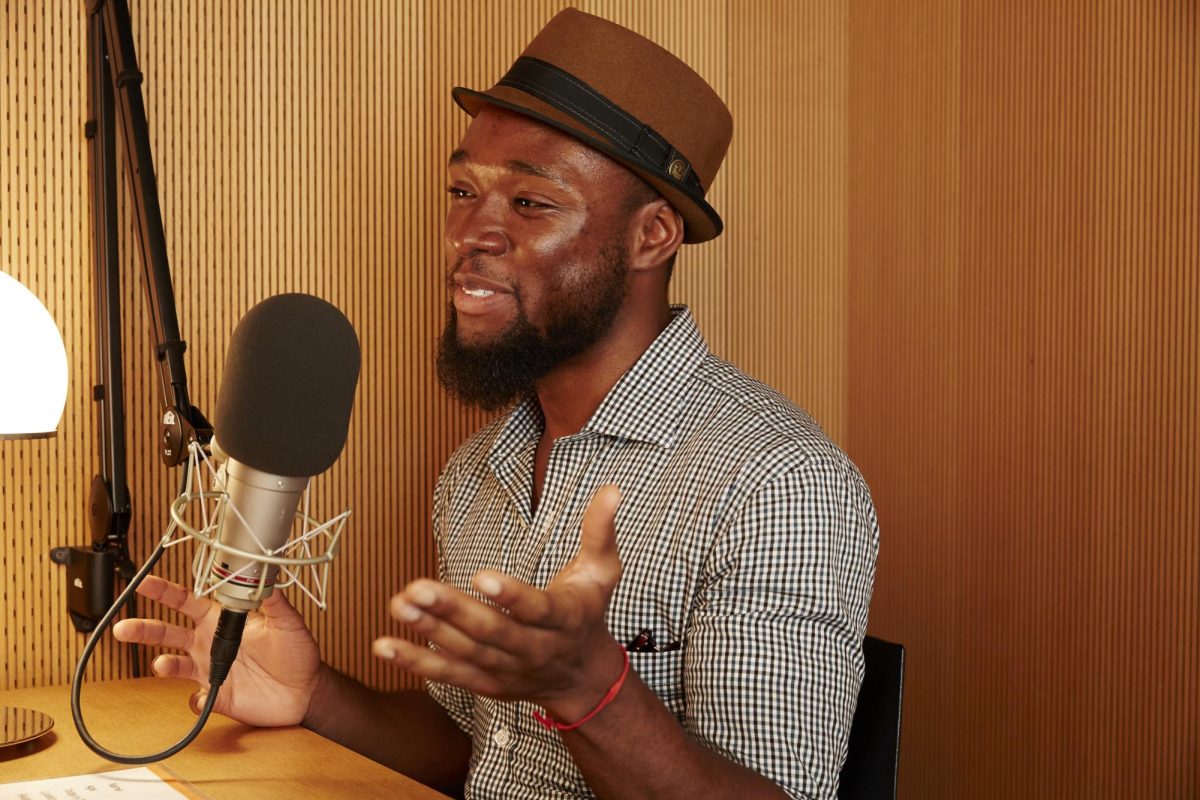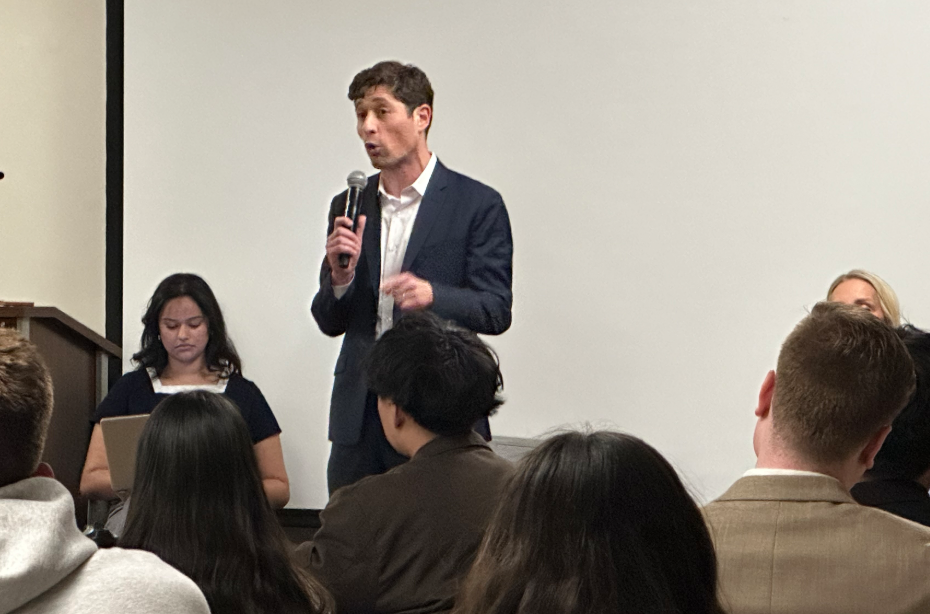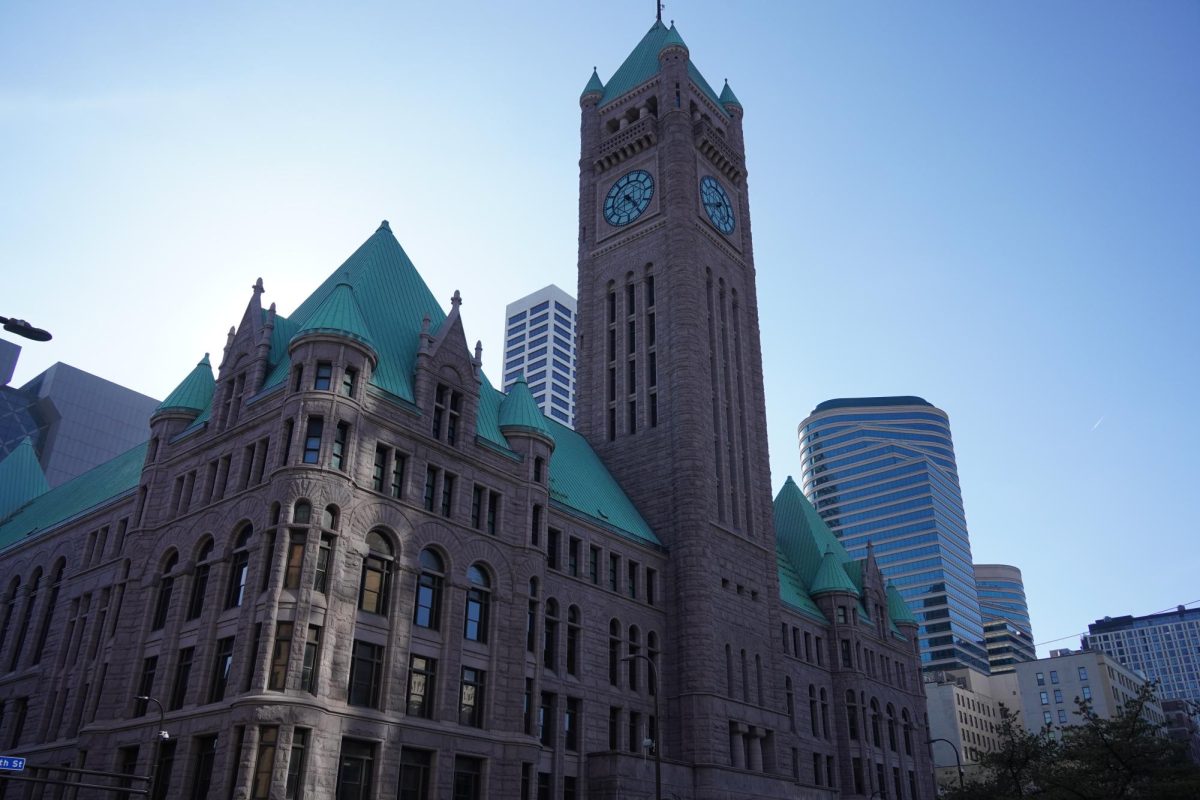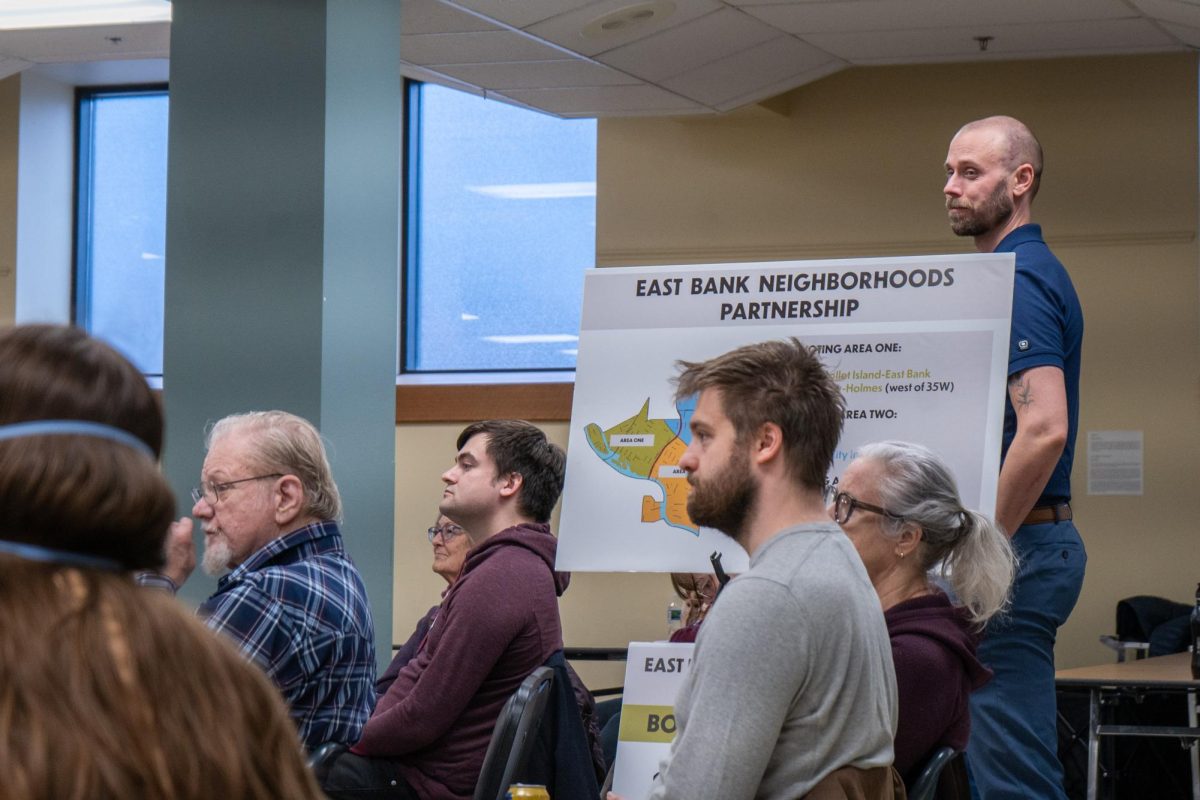University of Minnesota researchers held a discussion Friday
on the effects neighborhood redevelopment can have on city residents.
At the discussion, hosted by the University’s Center for Urban
and Regional Affairs, experts presented a preliminary analysis of quantitative
and qualitative data which found evidence of gentrification in the Twin Cities
from 2000 to 2014.
The study’s methods used a mixed approach, with qualitative
interviews of city officials and neighborhood leaders alongside quantitative
data.
The analysis found over a third of Minneapolis low-income areas experienced gentrification over the period.
Minneapolis neighborhoods the study found to be gentrified were
areas like Downtown, North Minneapolis and Northeast, among others.
“For a neighborhood to be considered gentrifiable at the
beginning of the study period, that neighborhood had to be populated by a large
share of low-income households,” said Tony Damiano, a researcher on the study.
Researchers considered whether a neighborhood saw an influx
of upper-class residents, evidence of displacement of lower income residents,
or bumps in investment to find if they had been gentrified, Damiano said.
The researchers also found
that housing in city neighborhoods has grown less affordable for the
typical Minneapolis household.
“Persons right at the median are now finding fewer
neighborhoods to look at in terms of finding affordable housing,” said Edward
Goetz, CURA director and an author of the study.
Residents who saw the most dramatic decrease in affordability
were African American renters, who the results found were unable to afford a
typical apartment in any city neighborhood comfortably.
“The city has disappeared for African Americans in terms of
affordability over this time period,” Goetz said.
But not all at the meeting were satisfied with the
researchers’ analysis.
Robert Woods, a 57-year-old Minneapolis resident and audience
member, voiced opposition to the study in the discussion, and accused
researchers of contributing to the gentrification of North Minneapolis
neighborhoods.
Woods said he disagreed with the researchers’ methodology,
adding that something should be done for
lower-income individuals displaced by the upscaling of their neighborhoods.
“I don’t think that you’re doing justice to black people,
people of color, and ultimately, even to white people, without … marrying
affordable housing and income for earnings so that people can actually afford
to live,” he said.
Another audience member, Minneapolis resident Nene Matey-Keke,
agreed with Woods, and said there’s a clear link between an area’s economic
development and gentrification.
Since officials aren’t attempting to help those negatively
impacted by neighborhood development, Matey-Keke said he didn’t really
understand the point of conducting the analysis.
“It’s one thing to
build a development, but it’s another thing to have people employed by that
organization that’s building that development,” he said.
Brittany Lewis, a CURA research associate working on the
study’s qualitative analysis, said she hopes the research shifts the narrative
on how people think of gentrification, since many think it’s an inevitable
outcome of economic development.
“I don’t think everyone thinks it’s a problem,” she said.
“That’s a problem, in my mind.”
Woods said if the gentrification continues, people will stay
away from Minnesota because of its lack of diversity.
“You have a significant lack of growth, motivation or any
kinds of economic gains for whole segments of the population,” he said.
The researchers will conduct interviews with residents in
gentrified neighborhoods starting in December, Lewis said. The first draft of
the gentrification report expected to be released in July.







